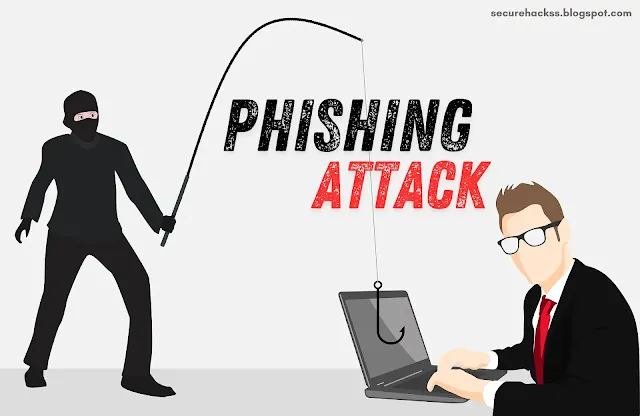How to Protect Your Personal Data from Phishing Attacks
 |
| Protect Your Personal Data from Phishing Attacks |
Phishing attacks are becoming one of the most frequent and serious risks to the protection of personal data in the era of digital communication. Cybercriminals utilize a tactic called phishing to deceive people into divulging private information like credit card numbers, passwords, and other personal information. The best strategies to defend your personal information against phishing scams will be discussed in this post.
Recognizing Phishing Attacks
Phishing assaults usually happen through websites, emails, or communications that look authentic but are actually malicious. The intention is to trick you into downloading a file, clicking on a link, or providing personal information on a phony website.
Common signs of phishing include:
- Wording that conveys a sense of urgency, like "Your account will be closed" or "You have been hacked," is frequently used in phishing attempts.
- Query Links or Attachments: Phishing emails frequently include links or attachments that, if clicking, might download malicious software or direct users to phony websites.
- Unknown Senders: It's probably a phishing effort if you receive an email or message from an unknown sender, especially if it requests personal information.
To find out more about identifying phishing efforts, go to Microsoft's Security Center.
How to Safeguard Your Personal Information
you safeguard yourself from phishing attempts, make sure you take these crucial actions:
1, Check the Source: Before clicking any links or sending any information, always make sure the sender's phone number or email address is correct. Use a reliable technique to get in direct contact with the company or person if something doesn't look right.
2. Search for Secure Websites: Make sure the website is secure before providing any personal information. The presence of "https://" at the start of the URL signifies that the website is encrypted. Visit Google's Safe Browsing to find out more about safe websites.
3. Turn on Two-Factor Authentication (2FA): By requiring a second form of verification in addition to your password, 2FA gives your accounts an additional degree of security. Even in the case that your password is compromised, this can stop unwanted access. More information about configuring 2FA for your accounts may be found at Google's Account Help.
4. Employ Anti-Phishing Tools: Anti-phishing tools are available in many web browsers and security software packages, and they may identify and thwart phishing efforts. Make sure you enable and update these tools on a regular basis.
5. Educate Both Yourself and Others: You can lessen the likelihood of being a victim of these attacks by keeping up with the most recent phishing techniques and informing your friends and family about them. FTC's Consumer Information is a helpful resource provided by the Federal Trade Commission.
How to Handle a Possible Phishing Attempt
In the event that you think you've been the victim of phishing, take the following actions:
1. Refrain from Clicking or Replying: Steer clear of clicking any links, downloading any attachments, or replying to any questionable messages.
2. Report the Attempt: Notify the appropriate entity—such as your email provider or the business that is being impersonated—of any phishing efforts. If you use Gmail, you can also report phishing to Google.
3. Change Your Passwords: Immediately change your passwords and enable 2FA on all accounts if you have clicked on a phishing link or submitted your information on a dubious website.
4. Keep an eye on your accounts: Pay special attention to any unexpected activity that occurs in your credit card, bank, and online accounts.
Read Also Top 5 Cybersecurity Tips to Protect Your Data Now
In summary
Phishing attacks pose a serious risk in the digital age, but you can protect your personal information by being alert and taking these precautions. Use safe websites, activate 2FA, confirm the source of any correspondence requesting personal information, and keep up with the most recent phishing techniques.


